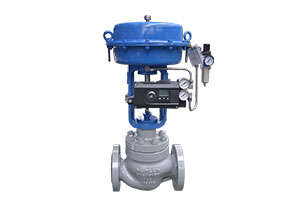Dec. 07, 2020
Sealing Elements Of Ball Valve(1)
The ball valve is widely used in various working conditions due to its simple structure, small installation space, and relying on medium force to seal and not being affected by the external driving force.
Design criteria
Due to the extremely low working conditions, the design and manufacture of ultra-low temperature valves face a series of technical problems, such as material selection, low-temperature sealing, structural design, solution treatment, cryogenic treatment, heat insulation, quality inspection, maintenance, safety, etc.
When designing cryogenic valves, in addition to following general valve design principles, special requirements for cryogenic valve design should be followed according to the conditions of use.
① The valve should not become a significant heat source for the cryogenic system. This is because the influx of heat not only reduces the thermal efficiency, if the inflow is too much, it will also cause the internal fluid to evaporate rapidly, resulting in abnormal pressure rise, causing danger.
② The low-temperature medium should not have harmful effects on the operation of the handwheel and the sealing performance of the packing.
③The valve assembly directly in contact with the cryogenic medium should have an explosion-proof and fire-proof structure.
④ The valve assembly working at low temperatures cannot be lubricated, so structural measures need to be taken to prevent the friction parts from scratching.
In the cryogenic valve design process, in addition to considering the general requirements such as the flow capacity of the cryogenic valve, some other indicators need to be considered in order to better evaluate the technical level of the cryogenic valve. The technical level of cryogenic valves is usually evaluated by measuring whether energy consumption is reasonable.
① Thermal insulation performance of the cryogenic valve.
②The cooling performance of the cryogenic valve.
③The working performance of the low-temperature valve opening and closing seals.
④The condition that the surface of the cryogenic valve does not freeze.
There is a big difference between the working environment of cryogenic valves and general valves. In the process of cryogenic valve design, manufacturing and inspection, in addition to complying with the general rules of valve design, manufacturing, and inspection, attention should also be paid to the environment where the cryogenic valve is located.

Previous: Sealing Elements Of Ball Valve(2)
Headquarter Add.: SUPCON Park, No.309 Liuhe Road, Binjiang District, Hangzhou, 310053, China.
Tel.: +86 571 8111 9774
Fax: +86 571 8111 9737
E-mail: [email protected]
